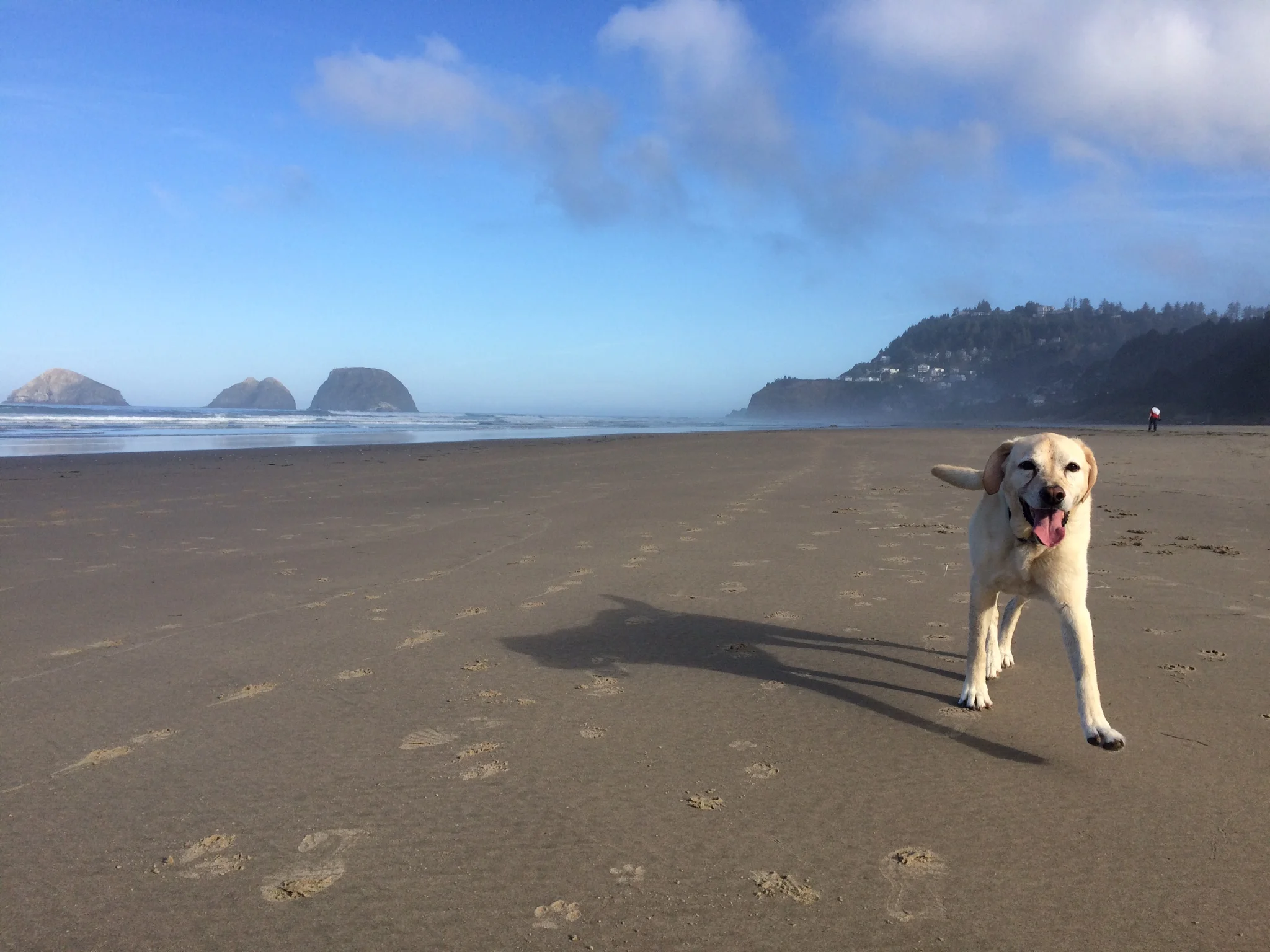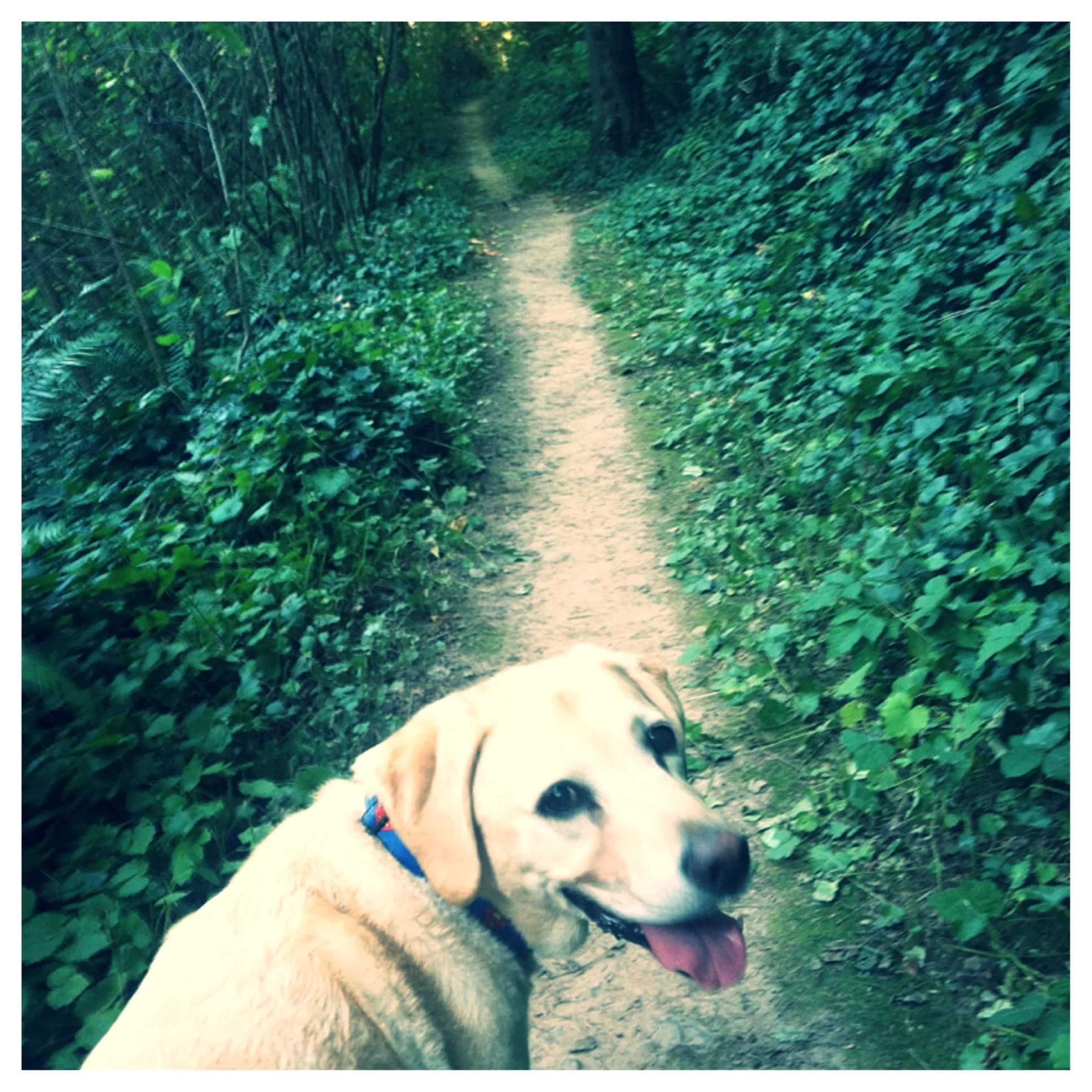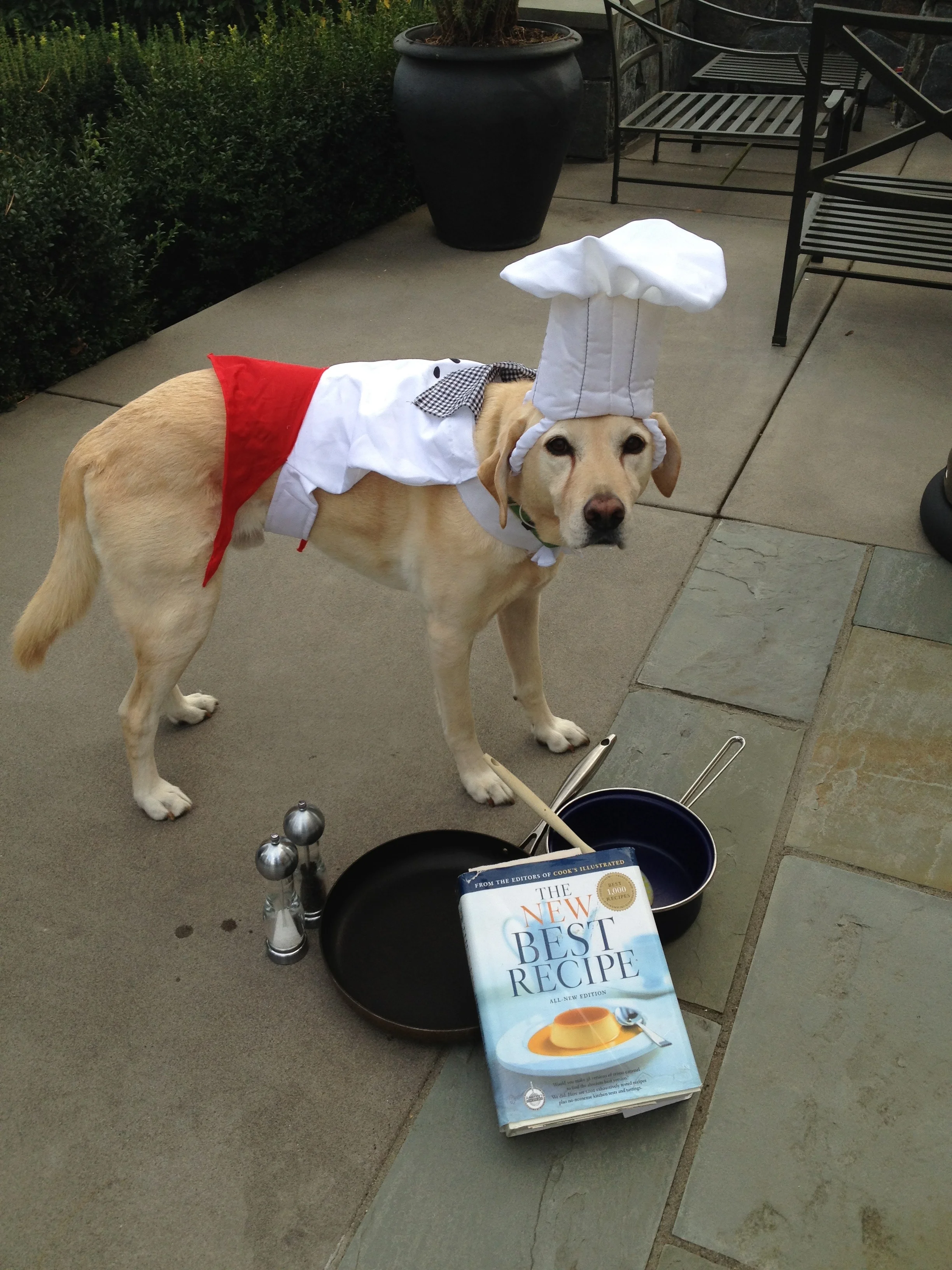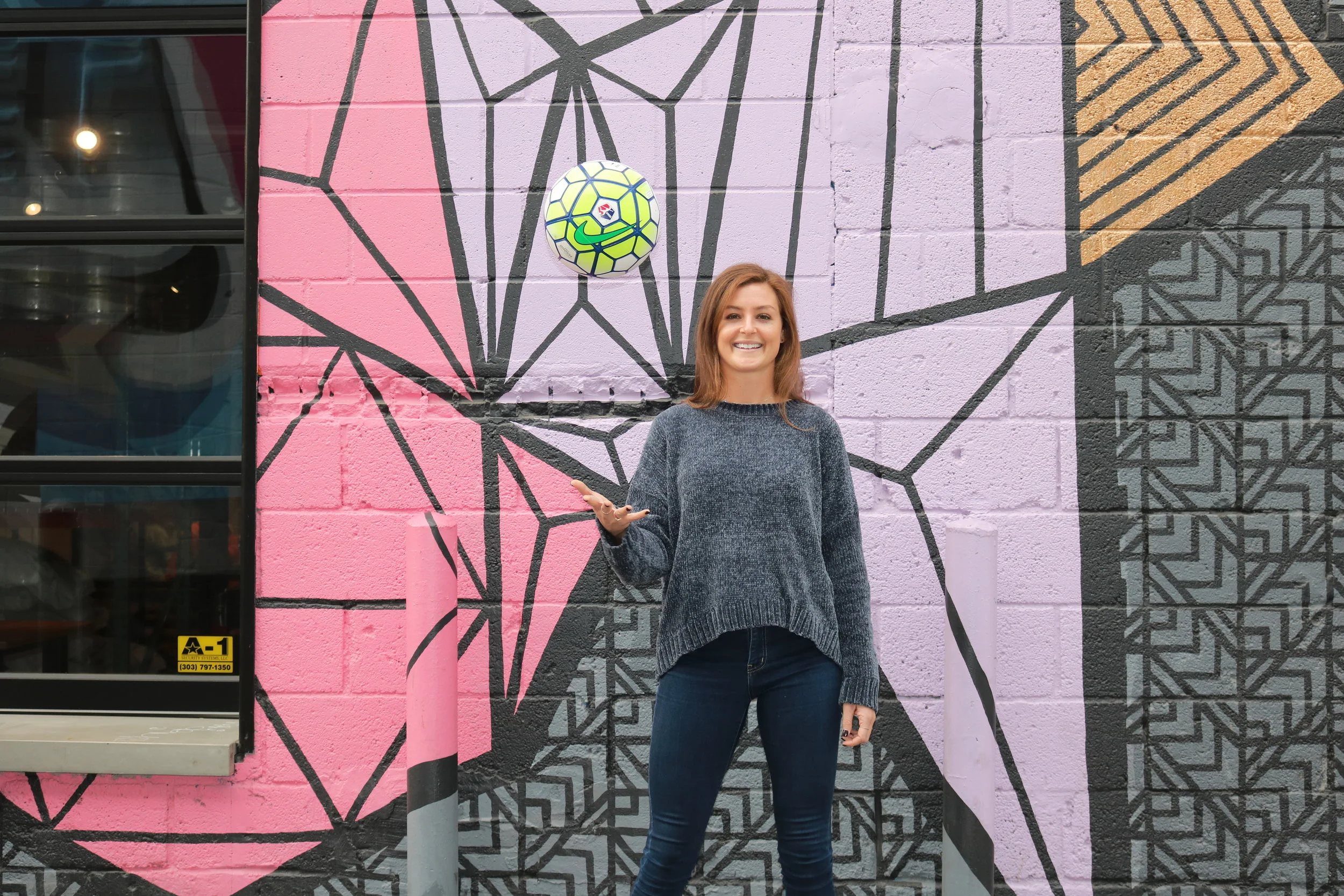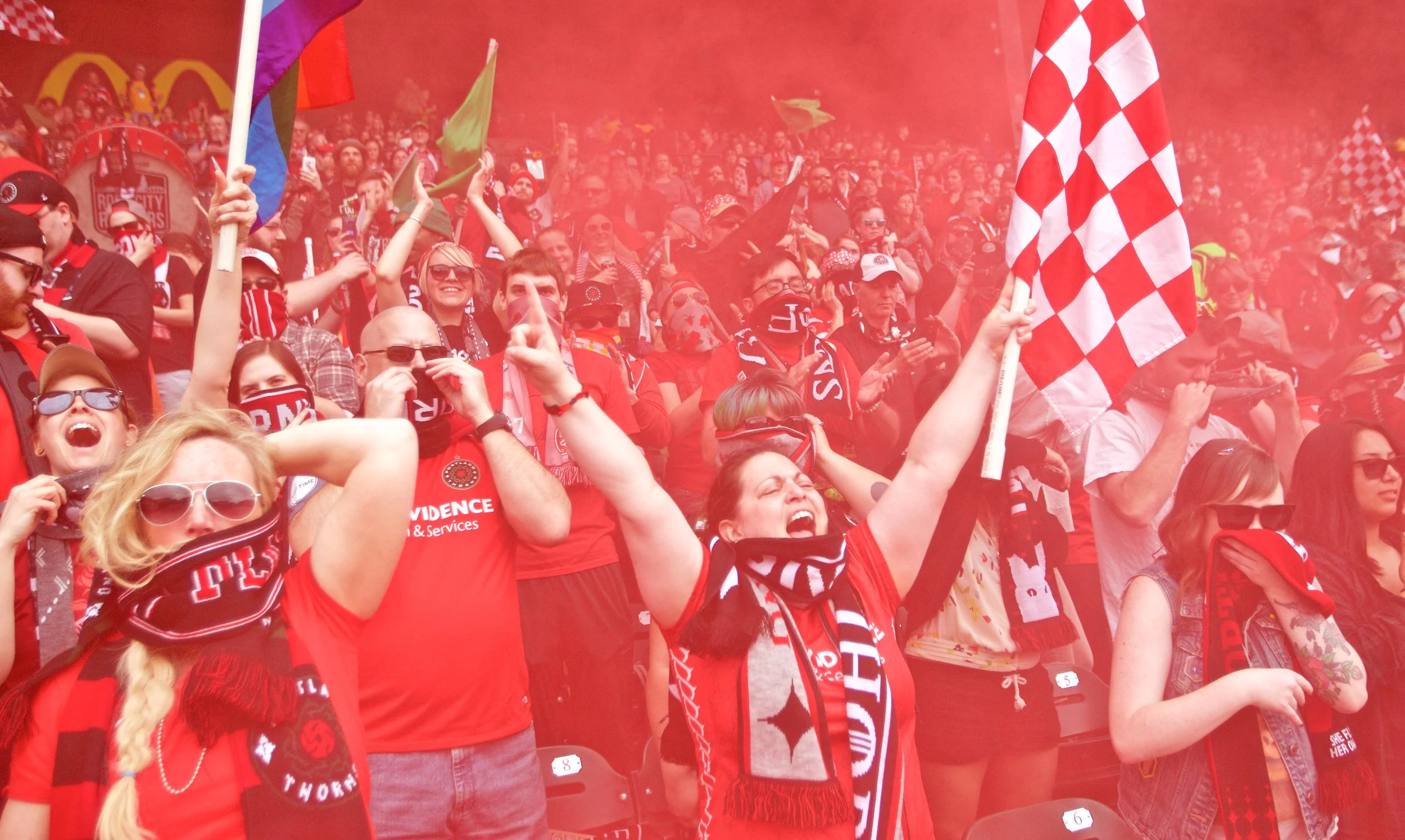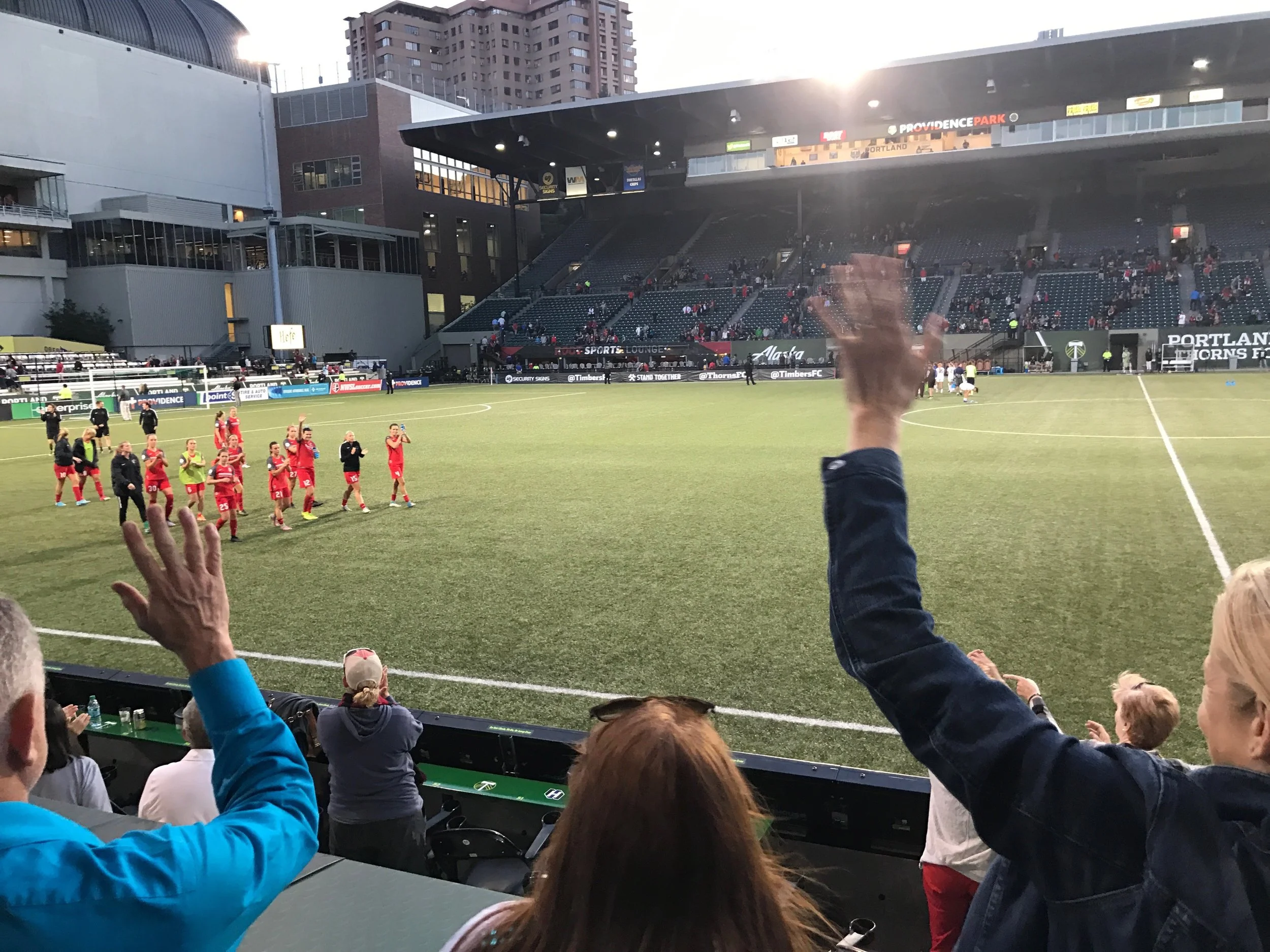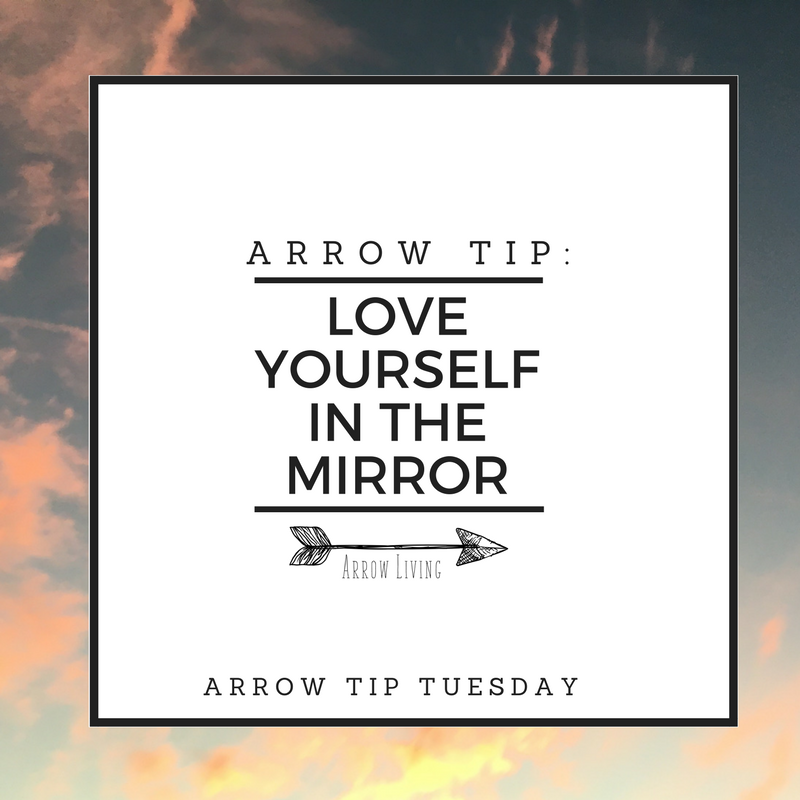Want a Crash Course on Overcoming Fear of Failure and How to Let Go? Procure A Severe Concussion (but, actually please don’t. Like really, don’t. It’s not worth it, I promise)
You know those drivers who drive 15 mph slower than speed the limit? The ones that never in their entire lives have been pulled over for speeding, but surely have accumulated a stack of “Too Slow” tickets, guilty for excessively, low-balling the speed limit.When I returned back to the states from Australia, my concussion healing progress felt as if I was a backseat passenger to one of those drivers. At the rate my car was moving, I was confident I could jump out the window unscathed, and crawl to our destination before it arrived.Except in this vehicle, the buckle was super glued into the lock. Escaping wasn’t an option. I was trapped, forced to twiddle my thumbs as I watched butterflies buzz by my window at 5 times the speed.
My First Physical Therapy Appointment
The day after I landed in Portland, I showed up to my first physical therapy appointment eager to make gains.I’m a habitual goal-setter, and I collaborated with my athletic trainer to devise a rehab plan, involving working with her, a neck specialist, occupational therapist, and cranial sacral therapist. We set a very conservative 6 week “return to play” date. Due to all of the hiccups in Australia, I was advised to take a more cautious rehab approach.I reluctantly agreed. I was learning that pushing harder is not conducive to concussion recovery.Plus, I calculated that even in abiding by this sloth-y 6 week timeline, I would be recovered right in time for pre-season.After creating the plan, I dove headfirst into therapy.I met with the occupational therapist and performed a series of eye exercises. One of them involved standing in front of a ball covered in the alphabet, hanging by a string from the ceiling. My ocular therapist swung the contraption from left to right, and I attempted to read the letters aloud. As the ball tottered to the right, I shot my eyes over to follow it. Instantly, nausea and light headedness engulfed my brain, as if it were a seashell amongst a tidal wave.We stopped. I composed myself. Then we attempted again, but with the ball swinging at a more condensed, slower speed. At this pace, I was able to tolerate reading the letters with minor eye strain. After finishing this session, my body felt as if I had ran a marathon backwards, while simultaneously solving the world’s largest Rubix cube.I turned off the room’s lights, rested for few minutes to reboot, and then headed upstairs to finish my rehab with some physical exercise.My trainer told me my workout for the day was a 10 minute bike ride at a heart rate between 120–130 beats per minute.For the love of gobstoppers, are you for real? Someone please inform me how this is going to get me back in 6 weeks?? I need my fitness! I couldn’t wrap my head around the fact that this qualified as a workout.I begged to do more, but my trainer explained to me that the whole idea with all my rehab-eyes, neck, physical exercise etc.- was to tax my system just enough to build up my threshold. If I pushed too much, then my body would transform into a comatose zombie.If I made it through the day without symptoms afterwards, then I could move up to a 15 minute ride the next day.Although I had already experienced multiple setbacks from going too hard too soon, I constantly had to work on un-programing my lifelong belief that pushing through pain made me stronger.I biked for 10 minutes, staring at my heart rate reading the entire time to ensure that it remained exactly at 130 bpm. (if 130 bpm was the absolute highest I could exert myself, then I sure as hell was going to get the most out of it).I hibernated in bed the rest of the day. That evening my nausea resurfaced and the pressure in my head increased. It felt as if I was wearing sunglasses 10 times too tight. The entire night, I restlessly tossed and turned under my covers.
The First of One-hundred Plus Setbacks
I woke up discouraged that my first day of therapy-a mere bout of eye exercises and a 10 minute bike ride-sent my body into a downward spiral.But, I wasn’t going to let one day bring me down. I plugged in my headphones, listened to Rihanna’s “This Girl is on Fire,” stared myself down in the mirror and yelled at the top of my lungs “You are fucking UNSTOPPABLE!!!! Today’s a new day Kendall. It’s time to go slay that 10 minute bike ride and get through the day symptom-free like the badass boss that you are.”Despite the pep-talk, my headache, nausea, and disorientation returned that afternoon.This pattern reoccured the next day. And the next day. And the next.After 4 days, I graduated from a 10 minute bike ride to 15 minutes.Six weeks later, our first pre-season game was here. I was nowhere near where I anticipated to be. I instantly set a new date to return. Okay, I’ll be back by our first exhibition game, no doubt. The exhibition game arrived. If my progress were a game of Sorry, I had moved my pawn one space forward. Okay, then I’ll be back by our home opener, no doubt.” The home-opener rolled around, and my pawn was in the same spot. Fifty plus times, I set my target date, and missed the mark.I felt trapped in a continuous loop:
Do rehab and workout
Feel amped on life, and 100% confident that I’m going to be back playing soon
Plead to my trainer to do more
Trainer explains to me that I need to see how this afternoon goes before I increase my load
Afternoon comes around, my symptoms sneak back
Get discouraged
Give myself a pep talk
Try again the next day
Repeat steps 1-8 for 6 months
It seemed like no matter how much I did my exercises my fatigue, nausea, and headaches persisted. And I was over it; tired of shaking my own cheerleader pom poms. I just wanted to feel normal again, or at least make some significant progress.
Scaling Back My Days
The next day, I showed up to my daily rehab session with my head throbbing and mind feeling like a fogged up a car window with a broken defroster. I sat down with my trainer and swallowed back tears as I expressed my frustration of my progress.She consoled me then asked what I do in a typical day, aside from therapy.“I’m not doing that much, I’m doing wayyyy less than what I used to do.”She had me list off a typical day.“I get up, do a few push-ups and planks, read a tiny bit, then stretch. I rehab and workout at my PT place, then go to a coffee shop, write, listen to a podcast. I then go on a little walk, cook dinner, visualize, lay in bed…”She stopped me in my tracks before I could finish.She explained that I have experienced a brain injury. This is a big deal. Similarly, as I have to build my tolerance with physical activity, I have to build my tolerance with everyday tasks as well. I essentially have to to relearn how to live in this world. If I exceed my threshold, then I’ll be set back more days.I hated this idea of doing less than “the less” that I was already doing, but I was willing to do anything to heal.We composed a sample day to “pace myself”:-I could only write or read for 20 minutes a day, not both-I could go to a coffee shop for an hour, not two-I needed to limit my driving, hanging out with people, walking, and all other things that drained me-Instead of doing my push-ups and planks, stretching would be more beneficial-After I do these activities, rest is crucial so I don’t over-stimulate my brain-All of my activities must be done in doses, until I build up my threshold, then I can add more.
Setting Goals Can Be A Slippery Slope
As a competitive athlete my entire live, I have always thrived on doing more than my opponents. Up until this point, my body had allowed me to push it to its limits.If I experienced any sort of setback, I put my nose down and grinded back into alignment with my dreams.My concussion was the first time that taking this approach didn’t work.It’s a wildly foreign concept to not feel in control of my body and equally as strange to be told to do less.After my talk with my trainer, I drastically cut back on ordinary tasks and reduced my schedule to the bare bones basics. Slowly, this made a difference. I was able to get through my therapy and experience fewer symptoms throughout the day, but the biggest shift came from my overall sense of peace.I’m a massive fan of goals of all the variety (the soccer ones and the setting ones). But sometimes we cling to our goals so tightly, that we morph into them. It’s almost as if we feel we ARE the goal. And we become unsettled if we haven’t achieved them yet.I’ve always played from this place of wanting more, more, and more. Nothing is ever enough for me. In the past months, I got a crash course on failure. I set targets and missed them again and again and again, which followed by getting discouraged again and again and again. Until I realized that if I continued this pattern, I’d soon be drowning in a lake of my own tears and self-doubt.
I’m all for seeking improvement, but when we subconsciously base our worth off of being somewhere we are not, it’s literally impossible to feel at ease. We begin to walk around with this nagging feeling that something is missing.
Once my sole focus was no longer about getting in physical shape by a certain time, I was able to let go of my expectations of where I thought I needed to be. Instead, I met myself where I was at, and it was incredibly freeing.
“Letting go” has been my most consistent (and difficult) theme and has led to my most efficient progress throughout my recovery. I constantly have to remind myself that setting goals and letting them go are not mutually exclusive. They actually compliment one another: Set the goal, let it go, give all my energy to the present moment, and trust that I’ll end up where I am meant to end up. Because let’s be honest, if I am going to be stuck in the back of a 2mph moving vehicle, I might as well get cozy, and roll down the window and take in the views I experience along the way. If we open our eyes to what’s in front of us, the process really is a beautiful thing.









